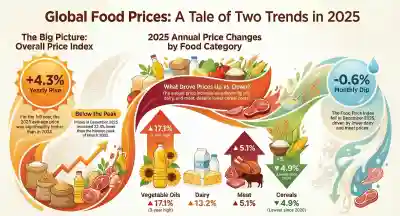

Rayagada, Jan 8: In a heinous nature of crime, a minor girl with disability was gang raped in Odisha’s Rayagada district.
The incident took place in the Gudari area under the Gudari Police limit on Tuesday.
According to the complaint, the minor divyang girl, living with mental disability was coming back home from her cotton field. Meanwhile, a gang of three youths lifted her to a cashew field nearby, on a bike and raped her one after the other.
On being informed of the survivor’s ordeal, a complaint was lodged by the girl’s mother regarding the gangrape.
Based on it, the police initiated an investigation and arrested the accused persons today.